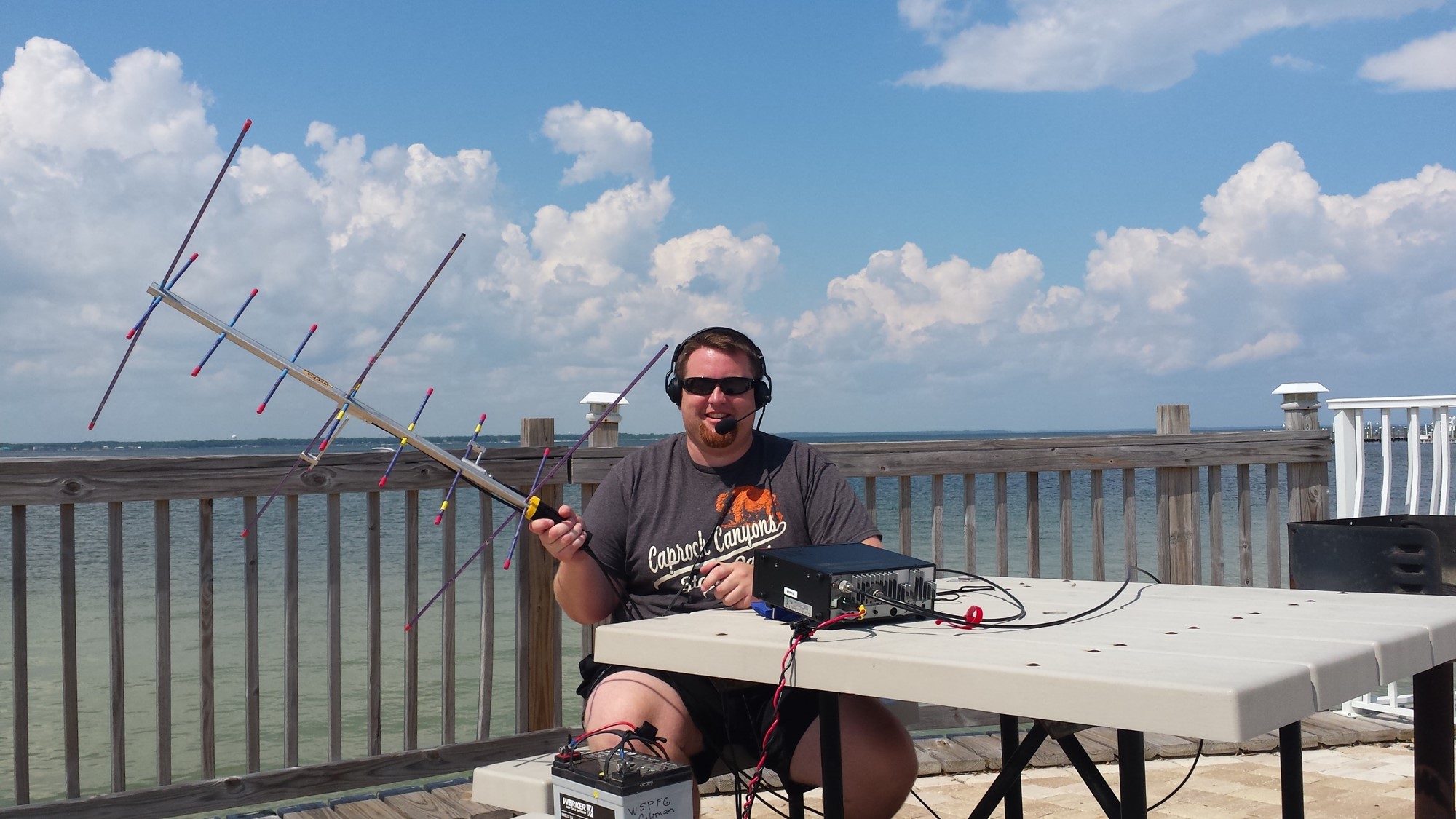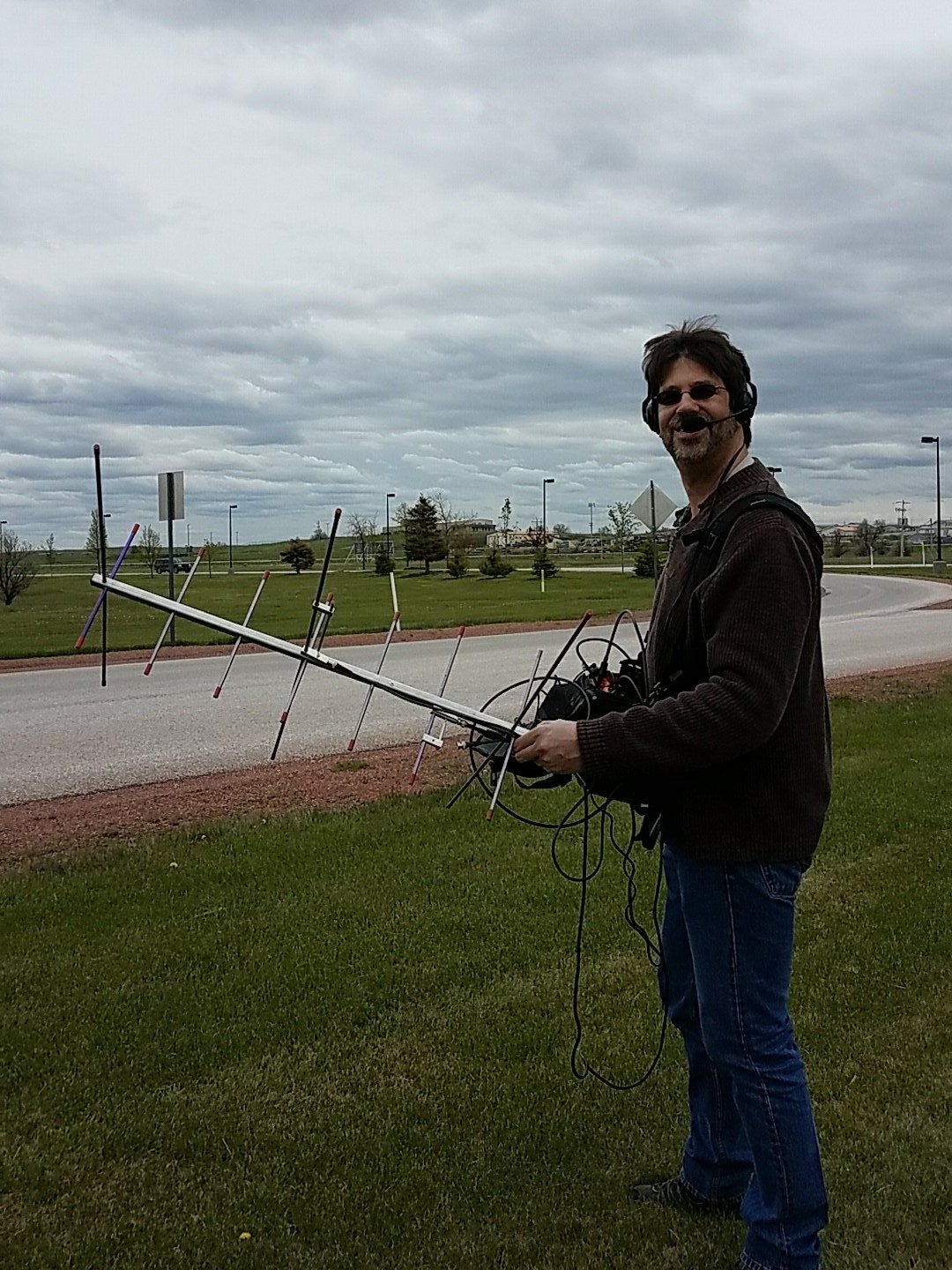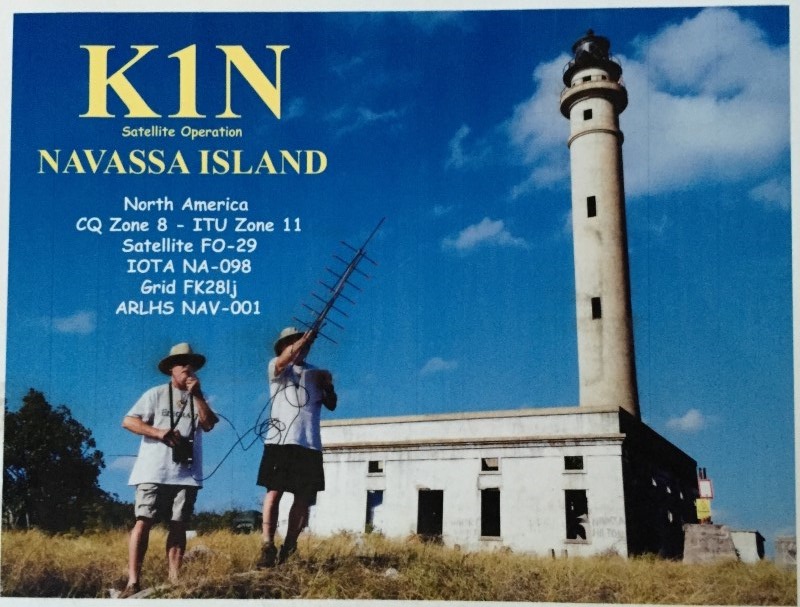DXWatch's Blog
Satellites: A New Horizon for DXpeditions
Tuesday, October 10, 2017
With October comes the contest and DX season. Conditions get quieter on HF in the Northern hemisphere. In addition, the first major event on the ham radio contest calendar, the CQ Worldwide DX Phone Contest, means lots of contest expeditions to places like the Caribbean, Europe and northern Africa will take place. Plenty of hams also visit warmer climes during the winter season as well.

The DX audience extends far beyond the HF bands. While most of the entities in Europe or the Caribbean aren't rare for HF DX'ers, they can be very rare for users of amateur radio satellites. Clayton Coleman, W5PFG, a member of the Radio Amateur Satellite Corporation (AMSAT) Board of Directors, has operated satellite portable from over 150 unique Maidenhead grid squares throughout the US and Canada. He, and AMSAT, encourage operators travelling to different DXCC entities for contest expeditions to get on the air on satellite.
"It doesn't take much extra gear to operate satellites while on a contest expedition or DX holiday," "Coleman notes. "Station investment is quite low in both cost and weight. It does not require a large antenna array, power consumption is minimal, and you can setup scheduled times to operate in 15-20 minute windows. Because of the nature of satellite operating, the passes can be predicted well in advance, and openings are not dependent on favorable ionospheric conditions."
To make contacts through a satellite, you need to be able to operate split on two different bands. Operators transmit to the satellite ("uplink") on one band, and listen to the satellite ("downlink") on a different band. The majority of satellites use the 2-meter and 70-centimeter bands. Minimal power is needed; 5 watts on satellite is a LOT of power. More than five watts, and you risk damaging a satellite, especially the older satellites like Oscar 7, which has been in orbit since 1974.
There are two basic types of satellites: FM, and SSB. FM satellites function like an orbiting repeater, with a single channel that all users must share. SSB satellites use a transponder, which has tuneable bandwidth anywhere from 20 to 100 KHz wide, just like an HF band. "More stations are on FM satellites due to the nature of FM gear being very common," Coleman said, "but SSB satellites offer multi-user, multi-frequency capability and subsequently are more forgiving to a pile-up situation."

Depending on the gear you are taking on your DX holiday, you may already have most of the needed equipment with you. FM satellites can be worked with a dual-band HT; SSB satellites can be worked using any all-mode rig with 2-meter and 70-centimeter capability. Antennas can be small; most portable satellite activity can be done with a dual-band handheld yagi antenna. Two commercial manufacturers -- Arrow and Elk -- offer portable satellite antennas for under $200. You can also build satellite antennas very inexpensively; several satellite antenna plans are on AMSAT website. Satellite passes can be easily predicted online at AMSAT's website, or by using one of several smart phone apps.
"FM is often a great way to get started," Coleman said, "but some of the best chances for DX contacts occur on passes of SSB transponders like AO-7 and FO-29 that are very low to your horizon. SSB transponder operation requires a little more practice to master, but many amateur radio operators of all ages and skill levels are doing it."
How many stations will you work on satellite? While it's not going to be the same as a big DX pileup on 20 meters, the demand for DXCC entities on satellite throughout Europe and North America is quite high. It all depends on who has access to the satellite's footprint -- or area of coverage -- at the same time as you. As a satellite passes overhead, the area the satellite covers is constantly shifting. Shared footprints between the Caribbean and North America, as well as Europe and North Africa, are common. Shared footprints between Europe and the Caribbean, or Europe and North America, occur fairly often as well.
Working DXCC on satellite is possible. Over 150 DXCC entities are within range of the northeastern US via the Oscar-7 satellite, but many of those countries considered common on HF have few, if any, active satellite operators. By changing your perspective on what DX means, common entities can suddenly be in high demand. AMSAT's Paul Stoetzer, N8HM, has been operating satellites since 2012. "I have 75 DXCC worked via satellite, and still need some very common entities in the Caribbean: Jamaica (6Y), Antigua (V2), Bonaire (PJ4), and others. Most HF DXers, at least in North America and Europe, have these entities worked as part of their first 100 countries, but they're rare on satellite."

Even some larger DXpeditions are taking notice of new DX opportunities. The 2015 K1N DXpedition to Navassa made 29 QSOs via the FO-29 SSB satellite on only two passes, using only a single Yaesu 817 and a handheld Arrow antenna. It was the first time Navassa was on satellite since 1978. AMSAT provided equipment and expertise to help made satellite QSOs on K1N possible. The recent RI1F DXpedition to Franz Josef Land included satellite gear. "AMSAT has provided support to expeditions for many years", Coleman offered. "The station equipment is definitely important, but the encouragement and technical expertise from the AMSAT support team is what really makes an operation shine."
As with any new venture, Coleman advises operators to practice before leaving on their big trip. "I highly recommend engaging with AMSAT, who can put you in contact with operators who have lots of experience with portable satellite operations. Just like staging your gear for an HF of VHF/UHF expedition, a little testing up-front will yield great results. Partnering with currently active portable satellite operators will make the process go much more smoothly. We are here to help!"
If you're up for the fun and challenge, extend your contest or holiday DXpedition to an entirely new, enthusiastic audience: satellite operators. Visit AMSAT's website or Facebook page to learn more.